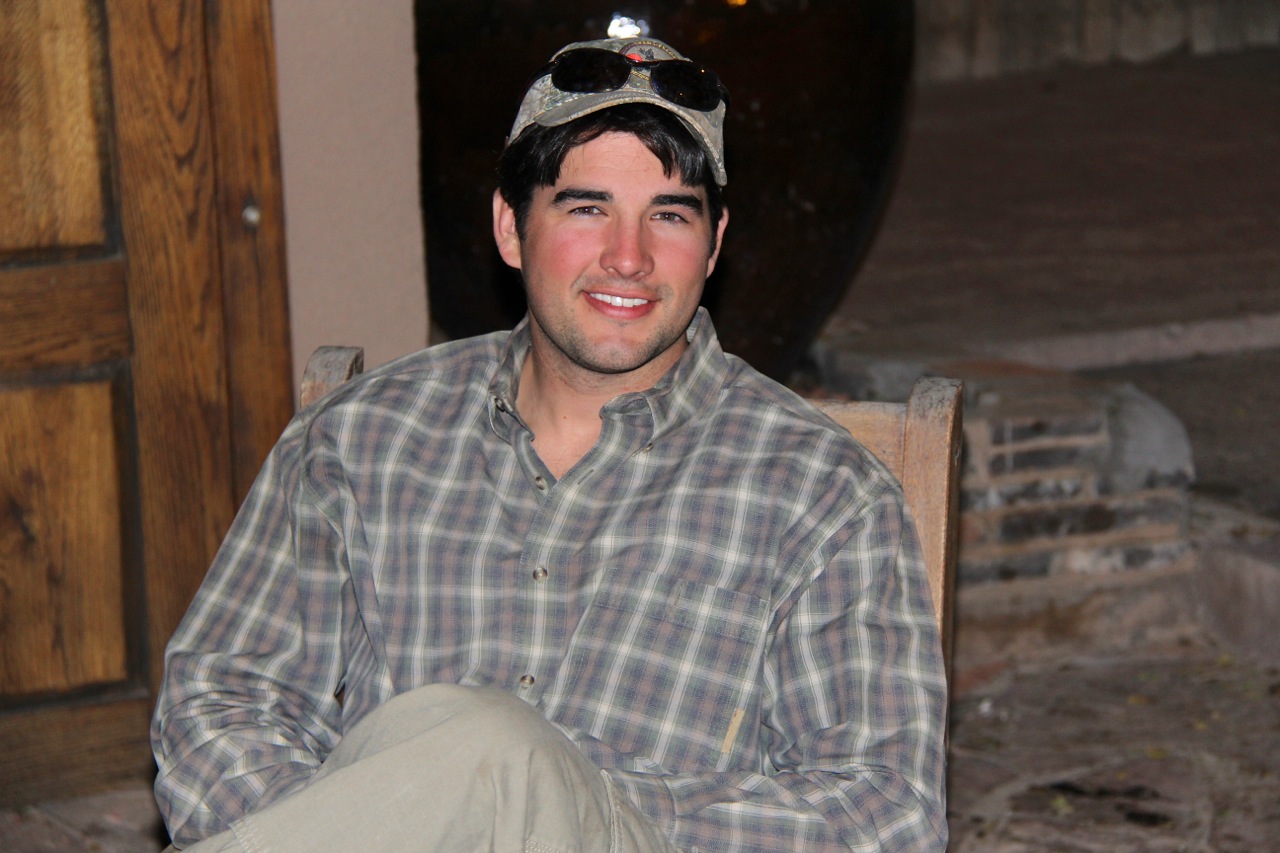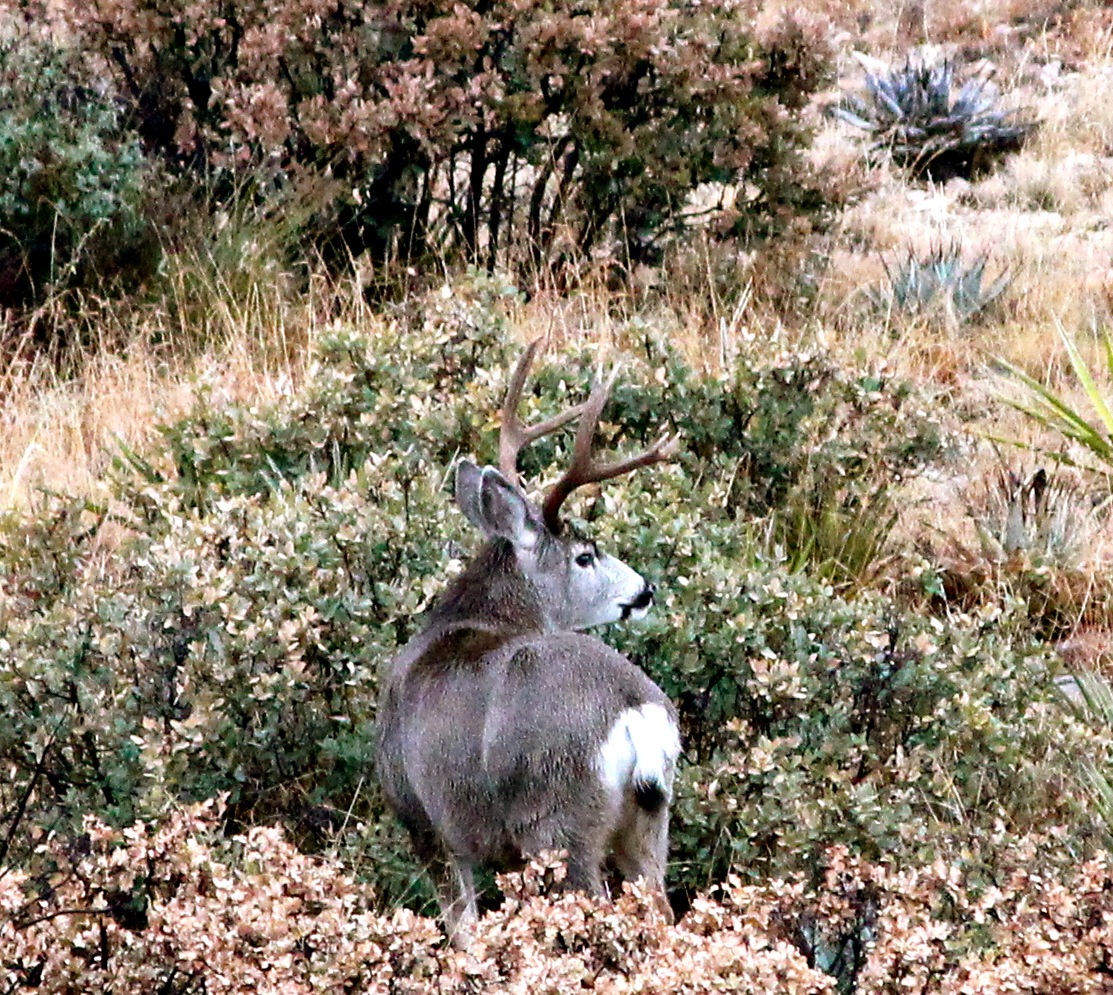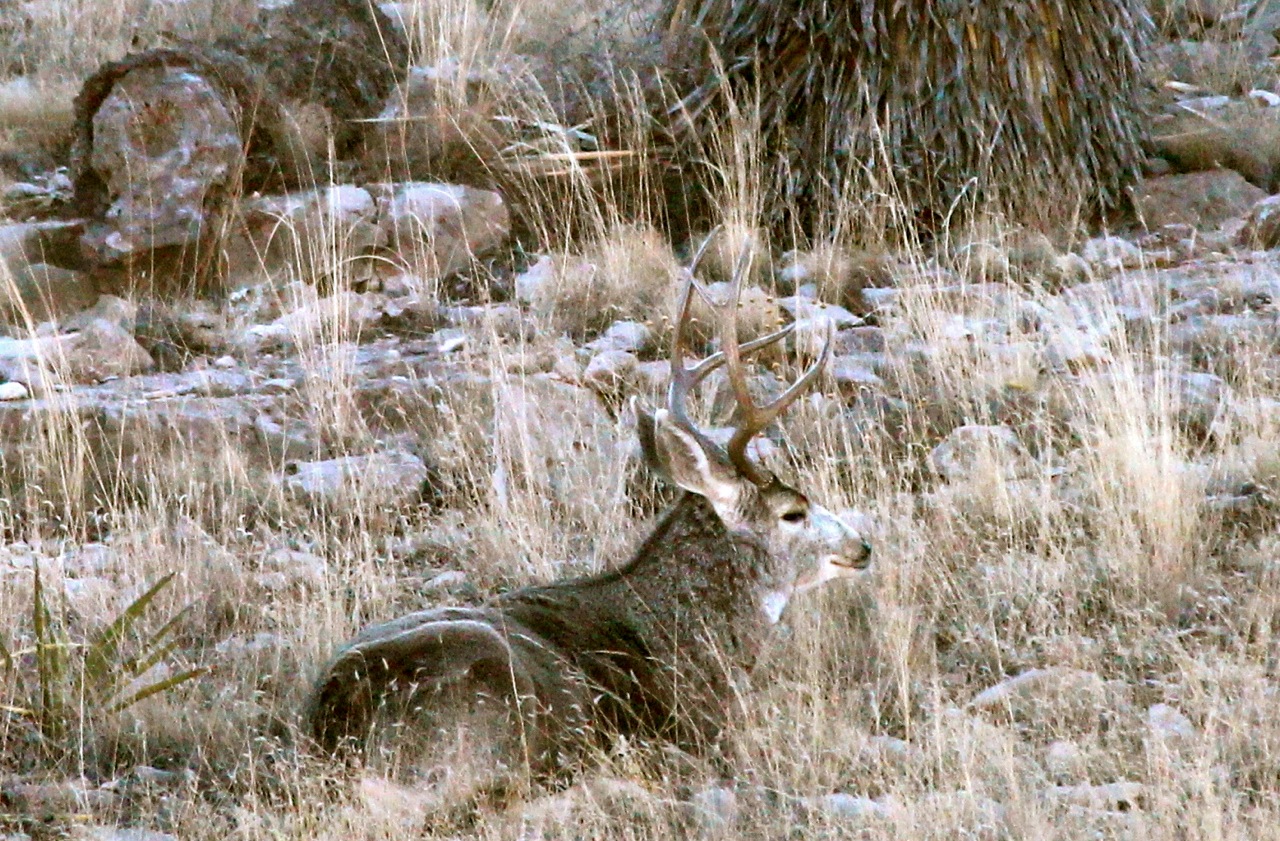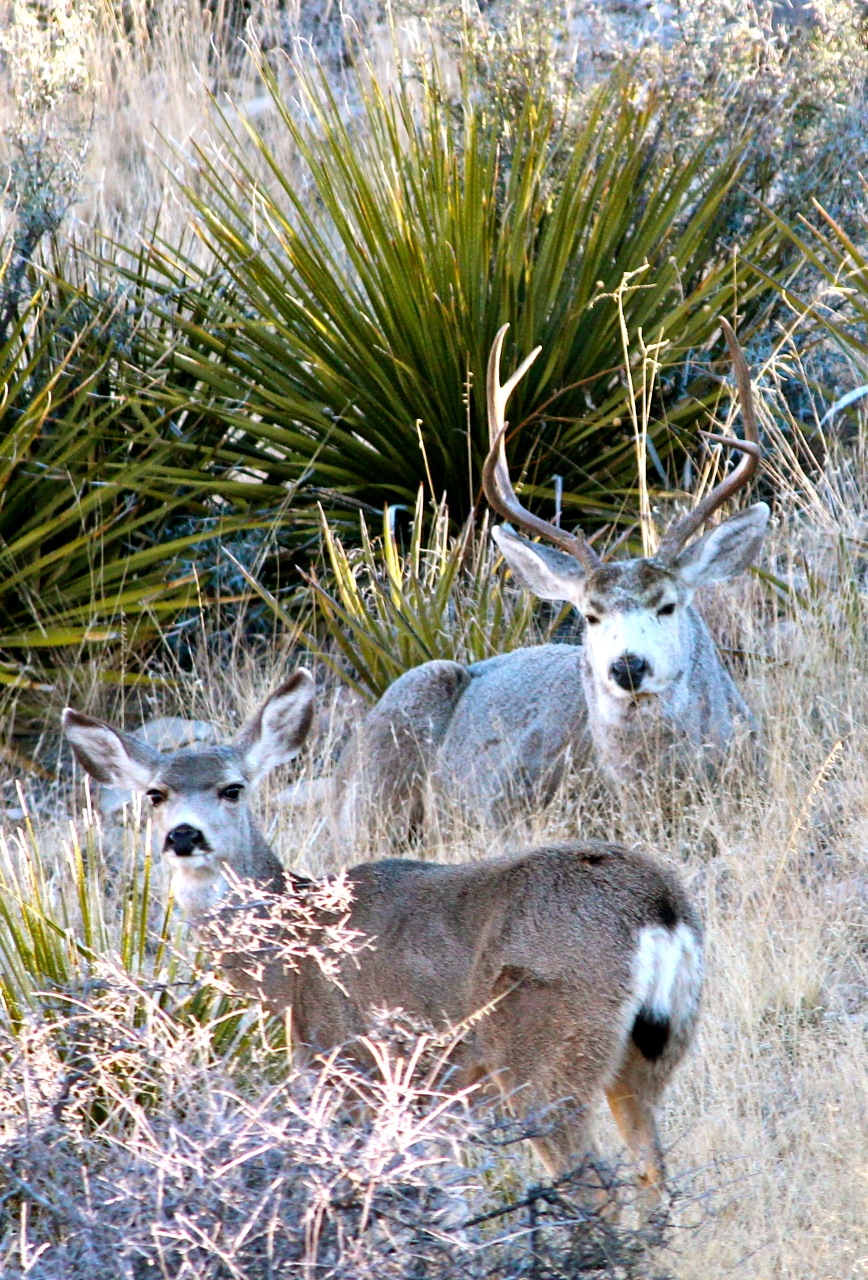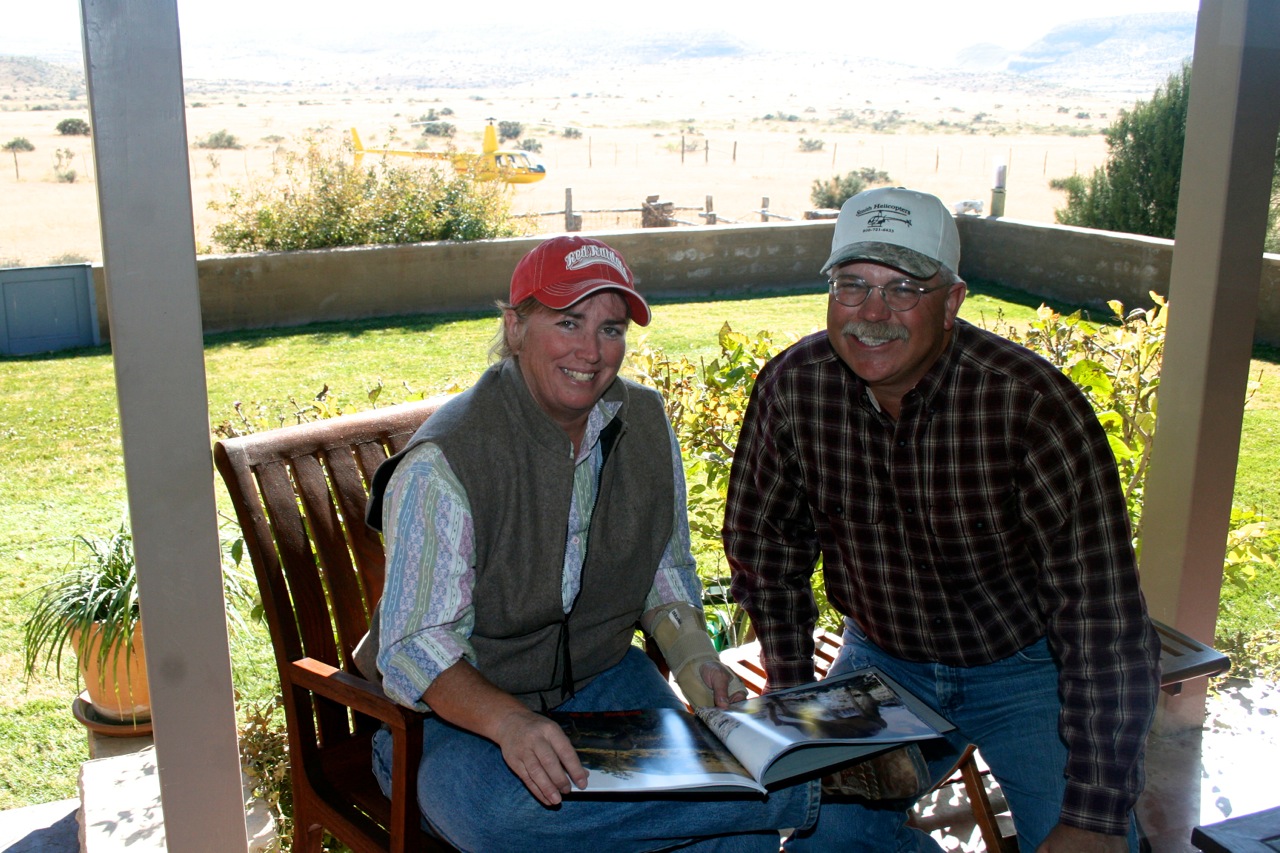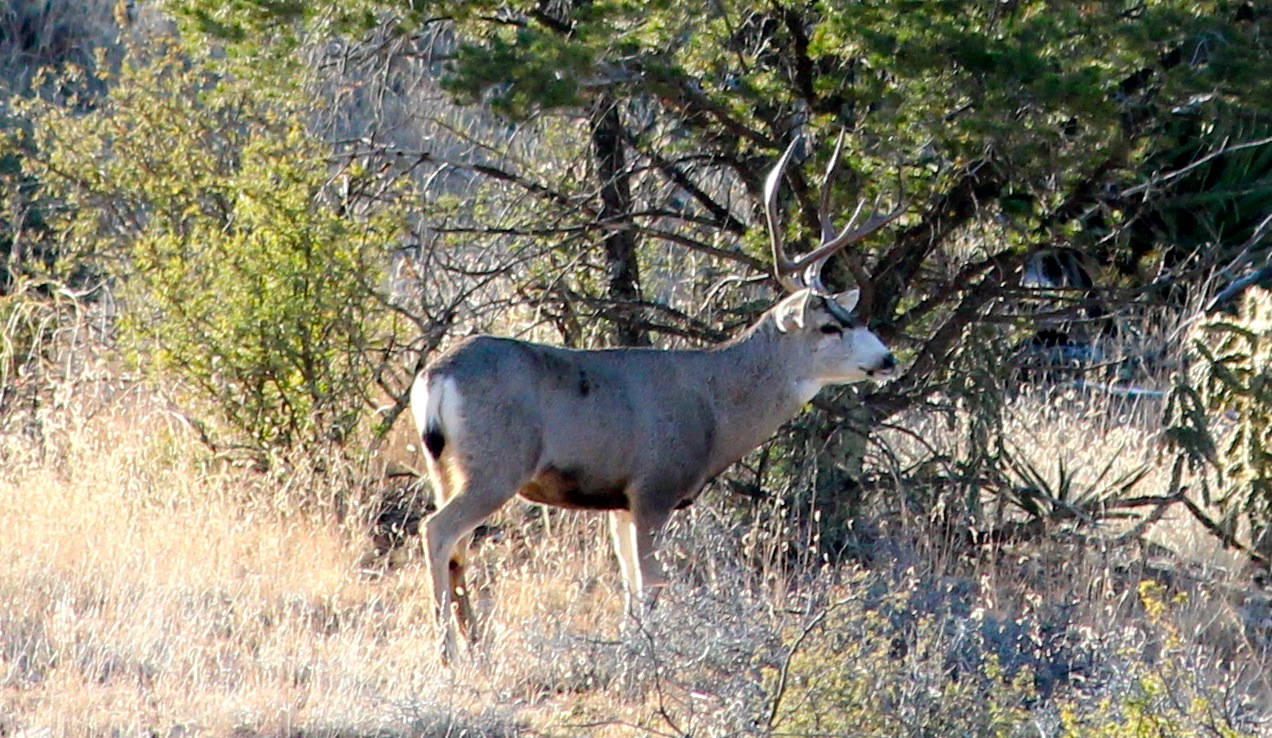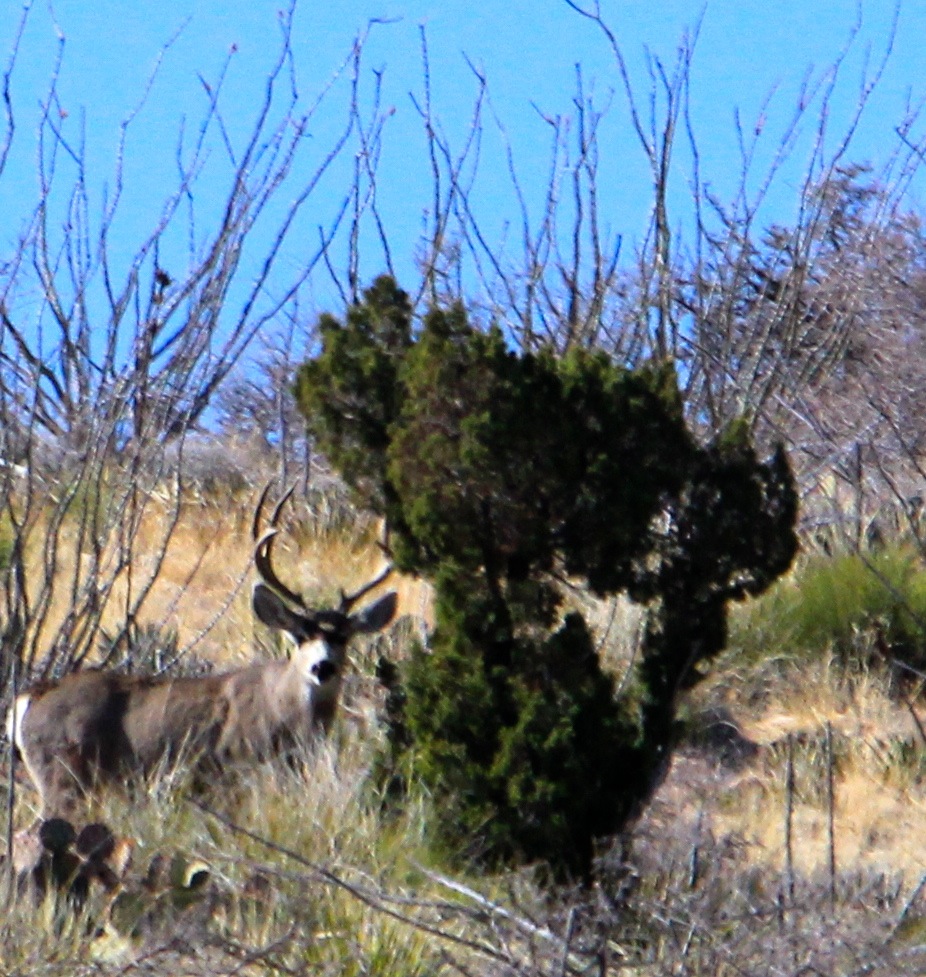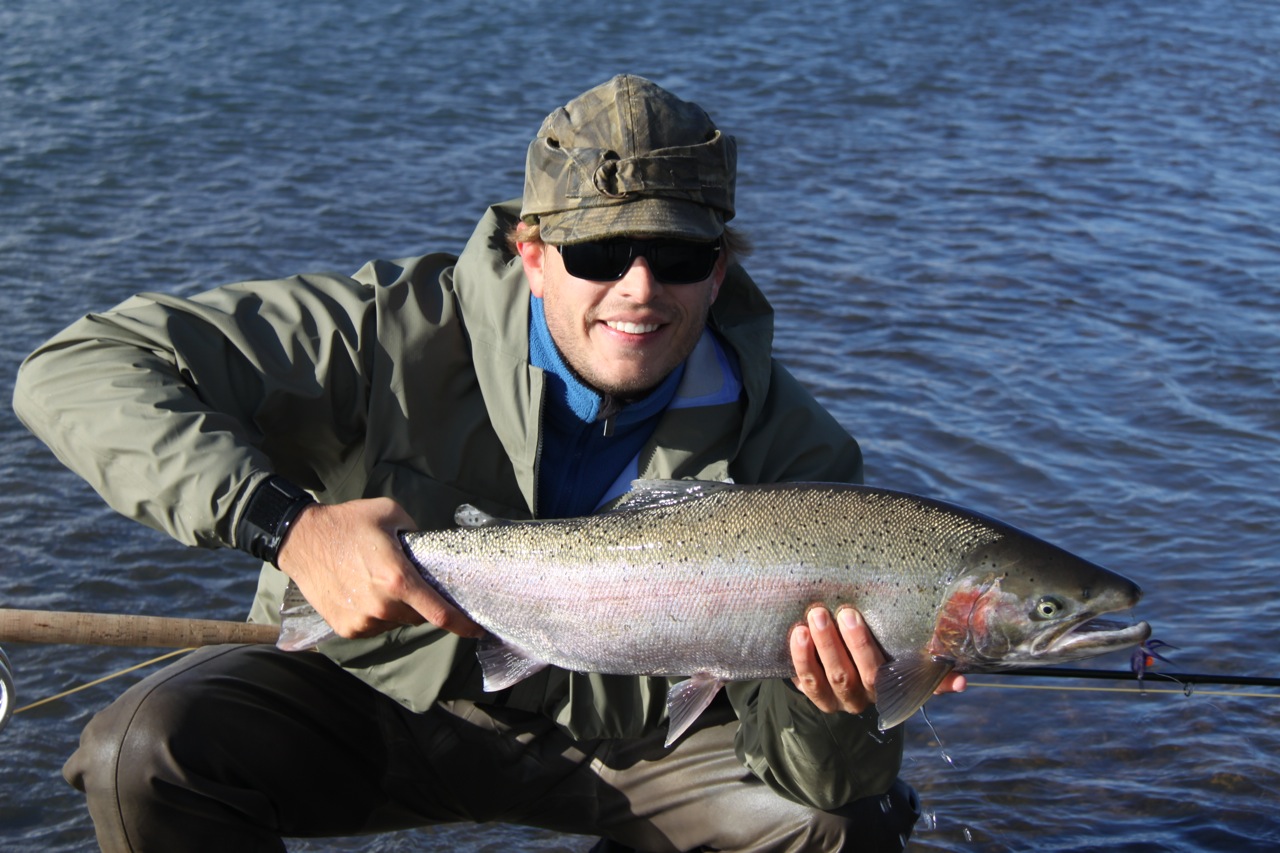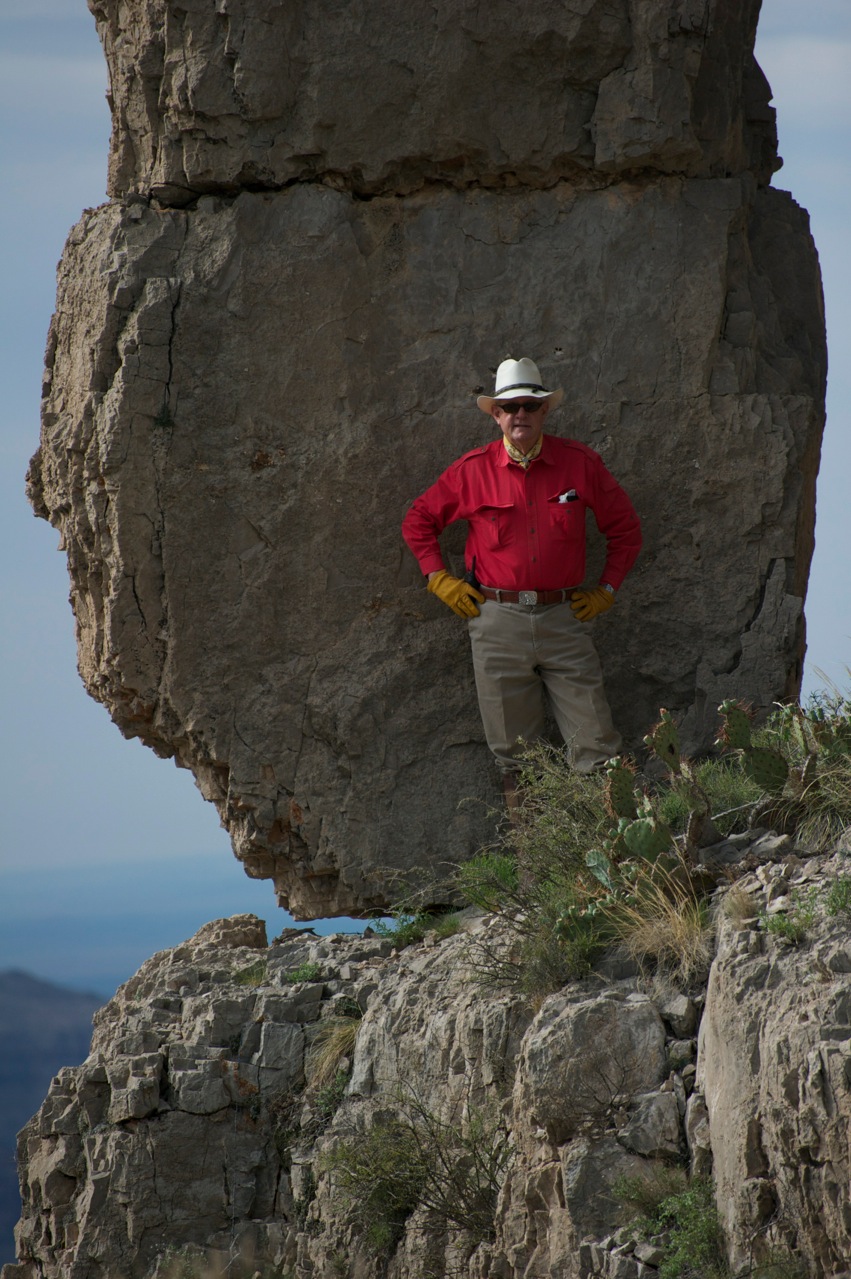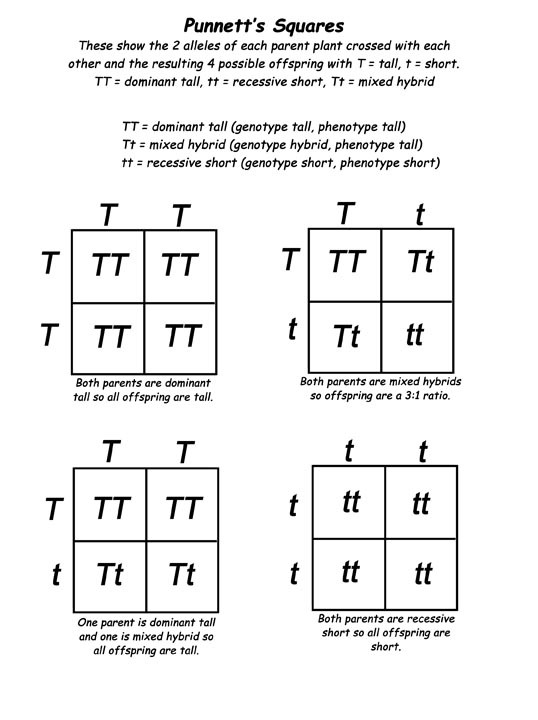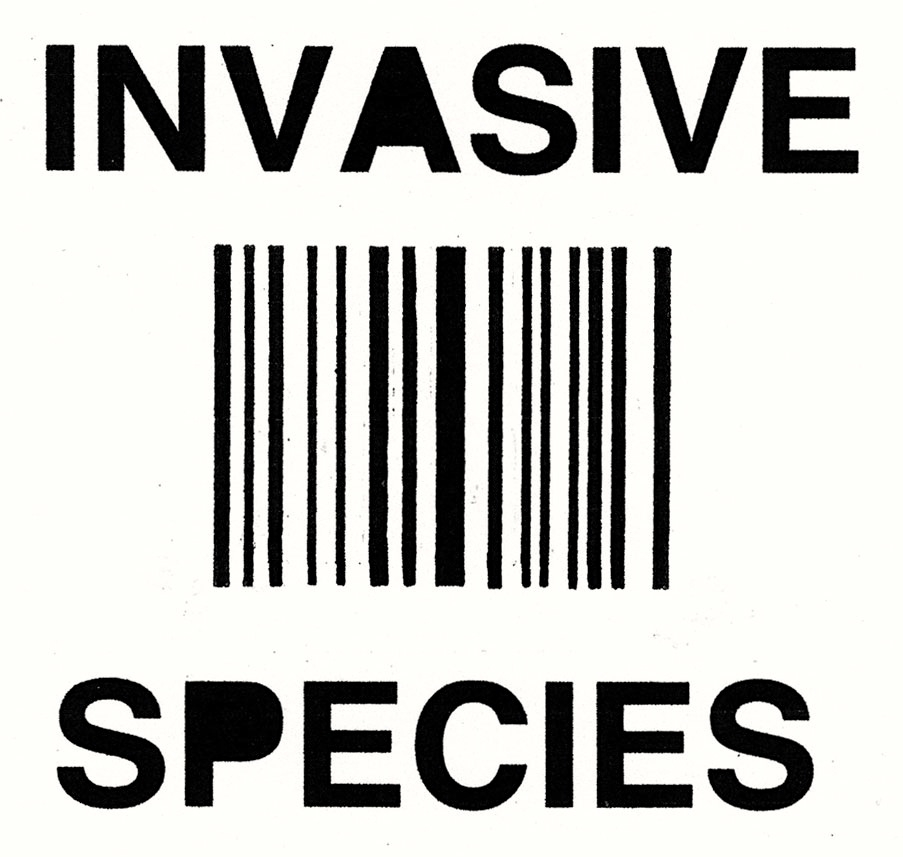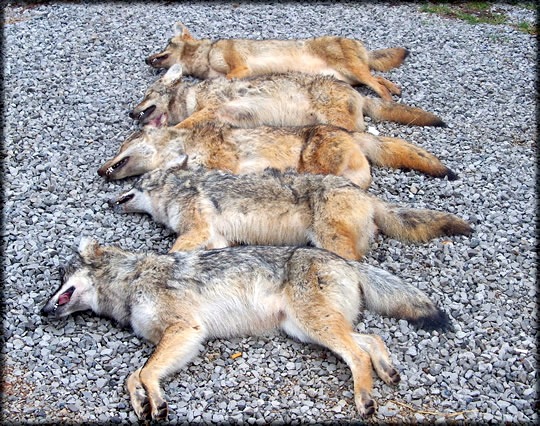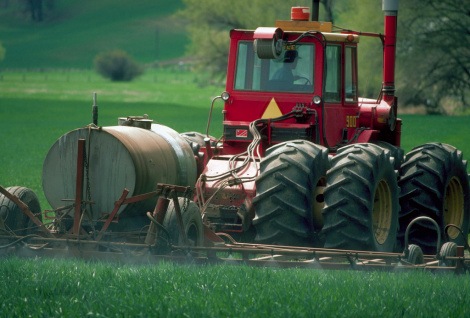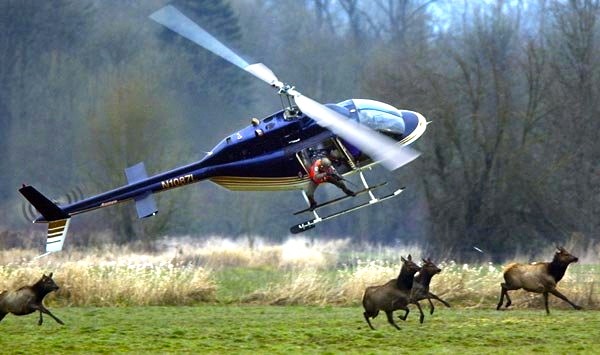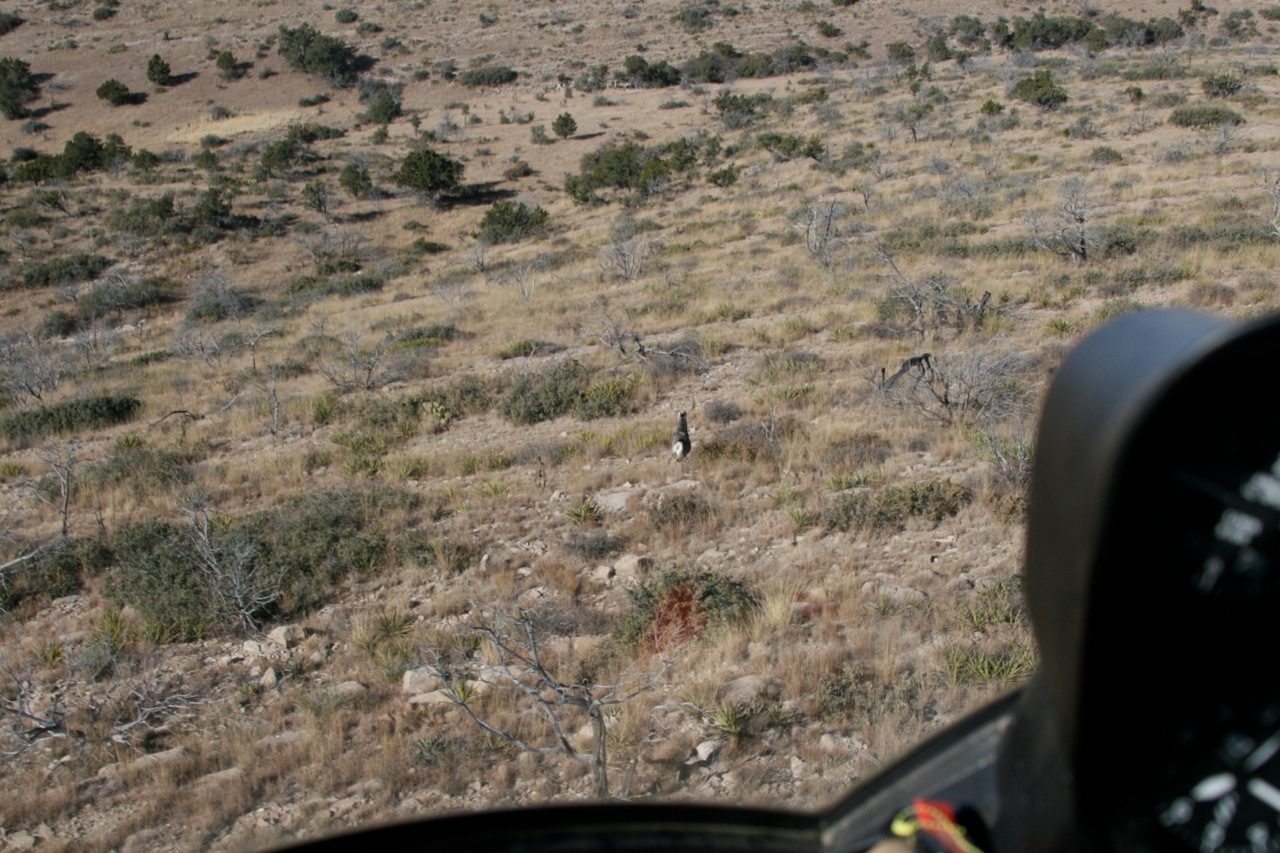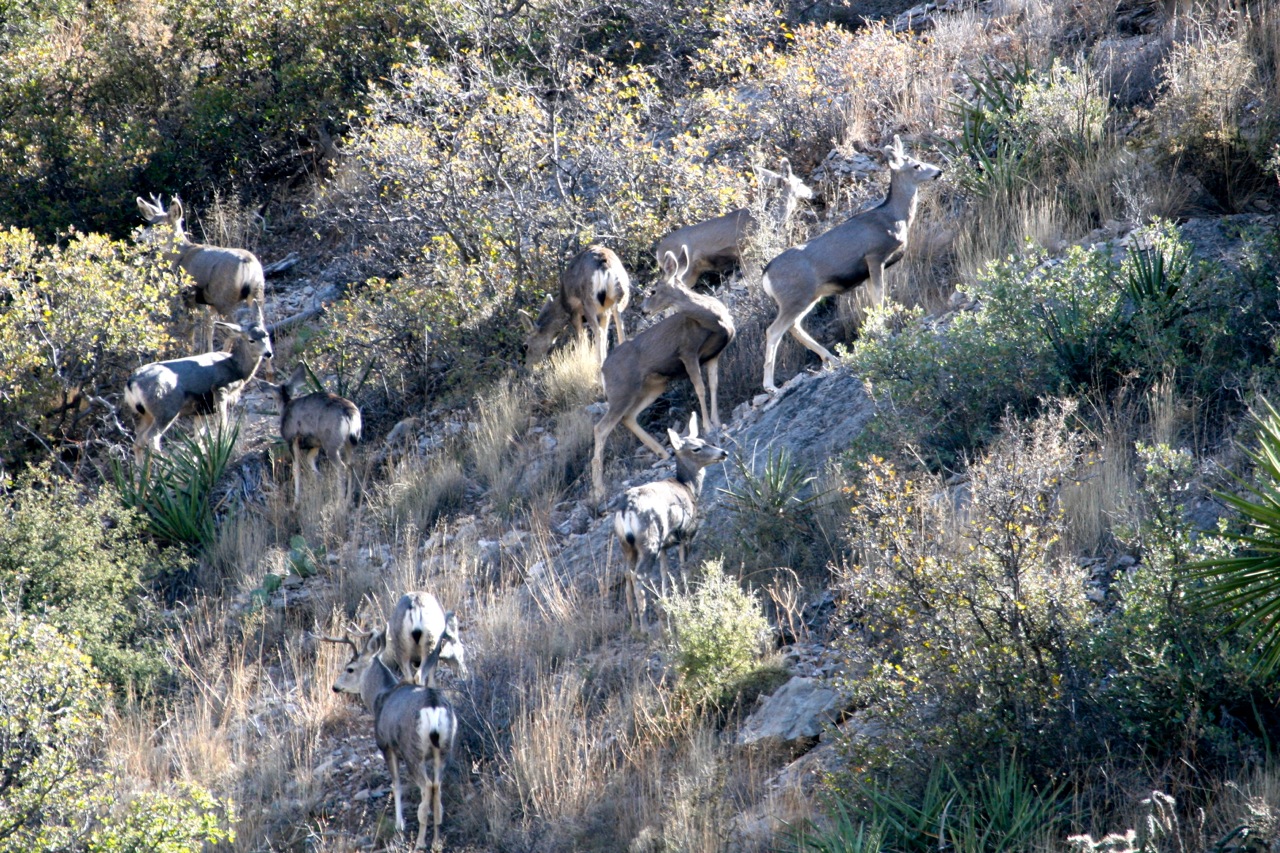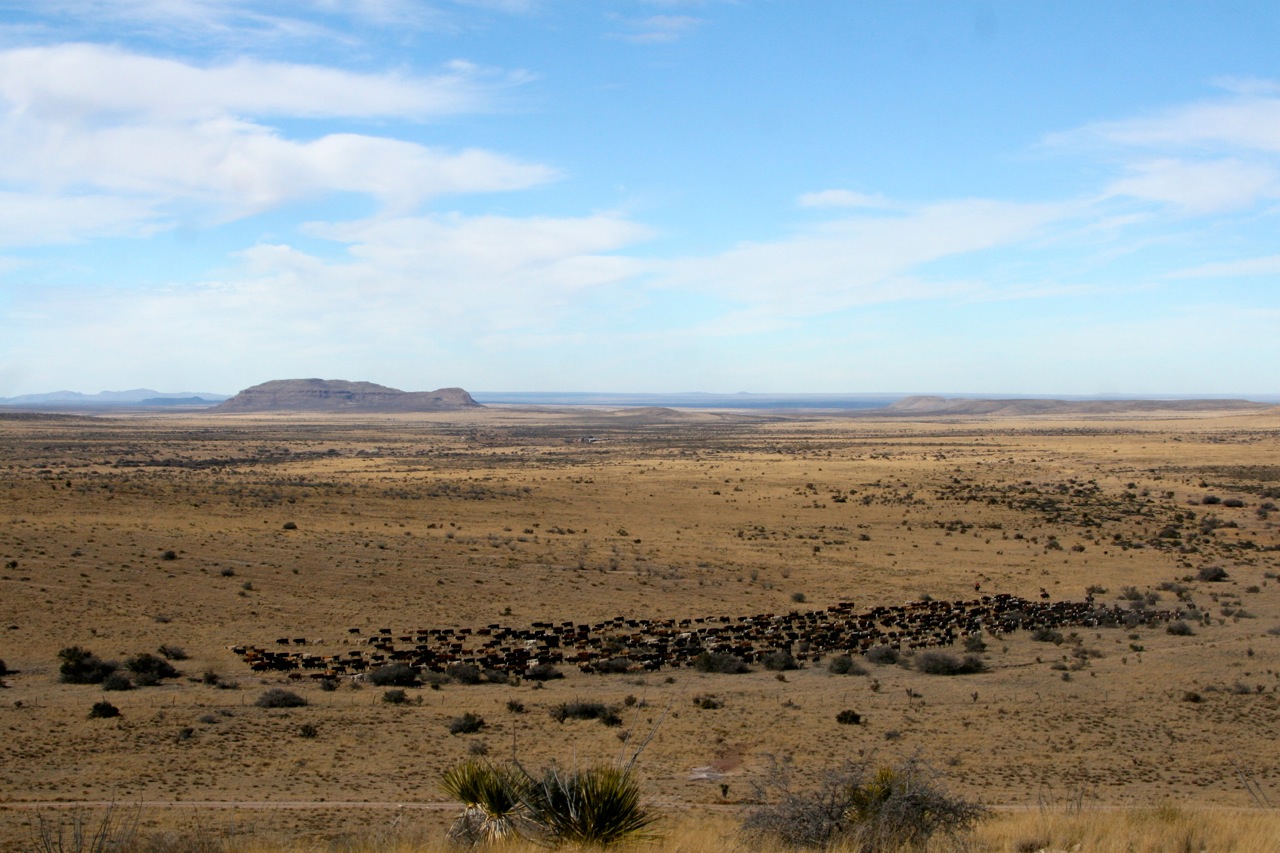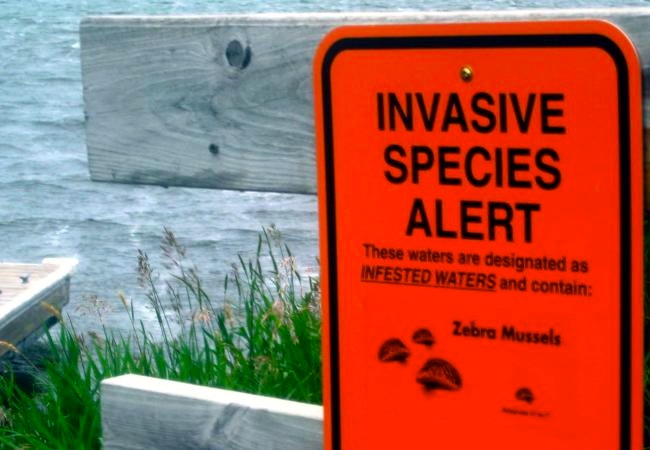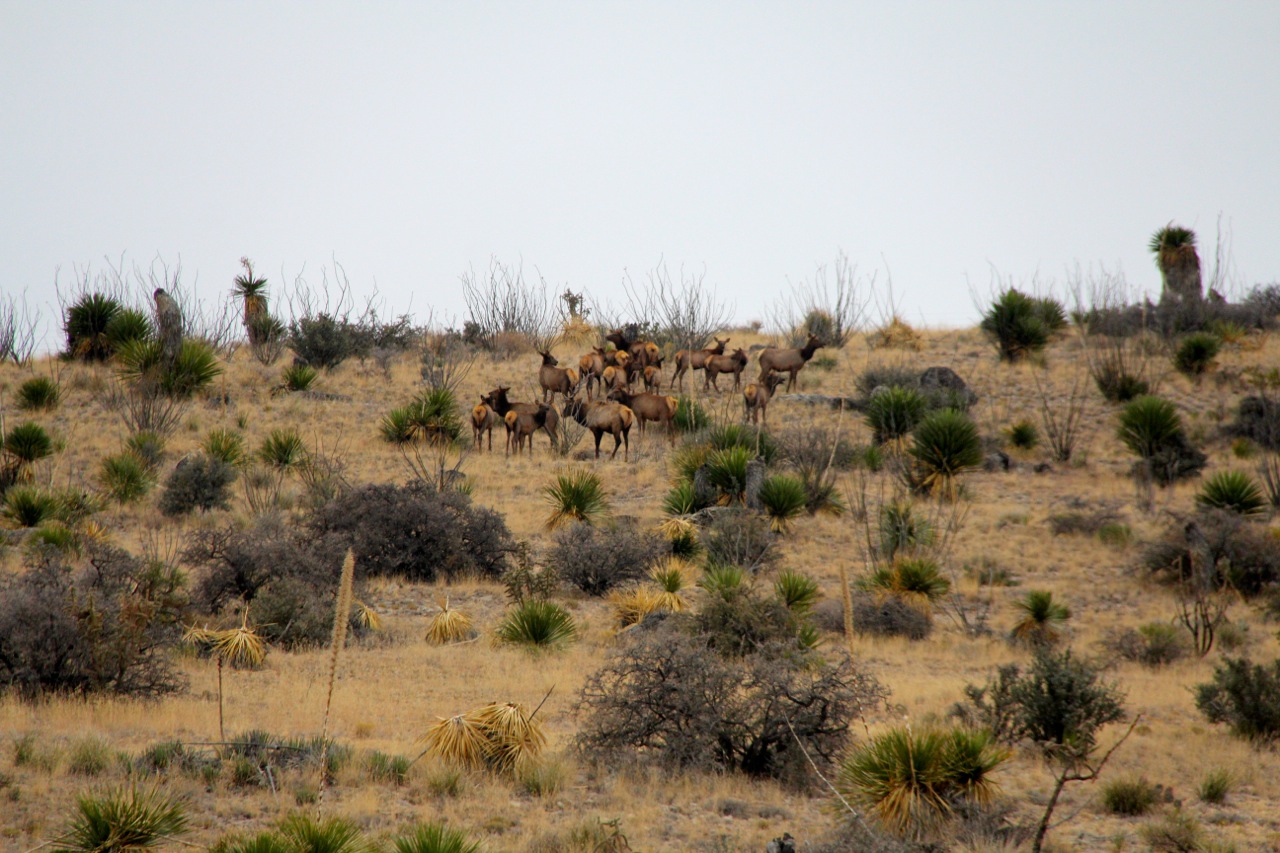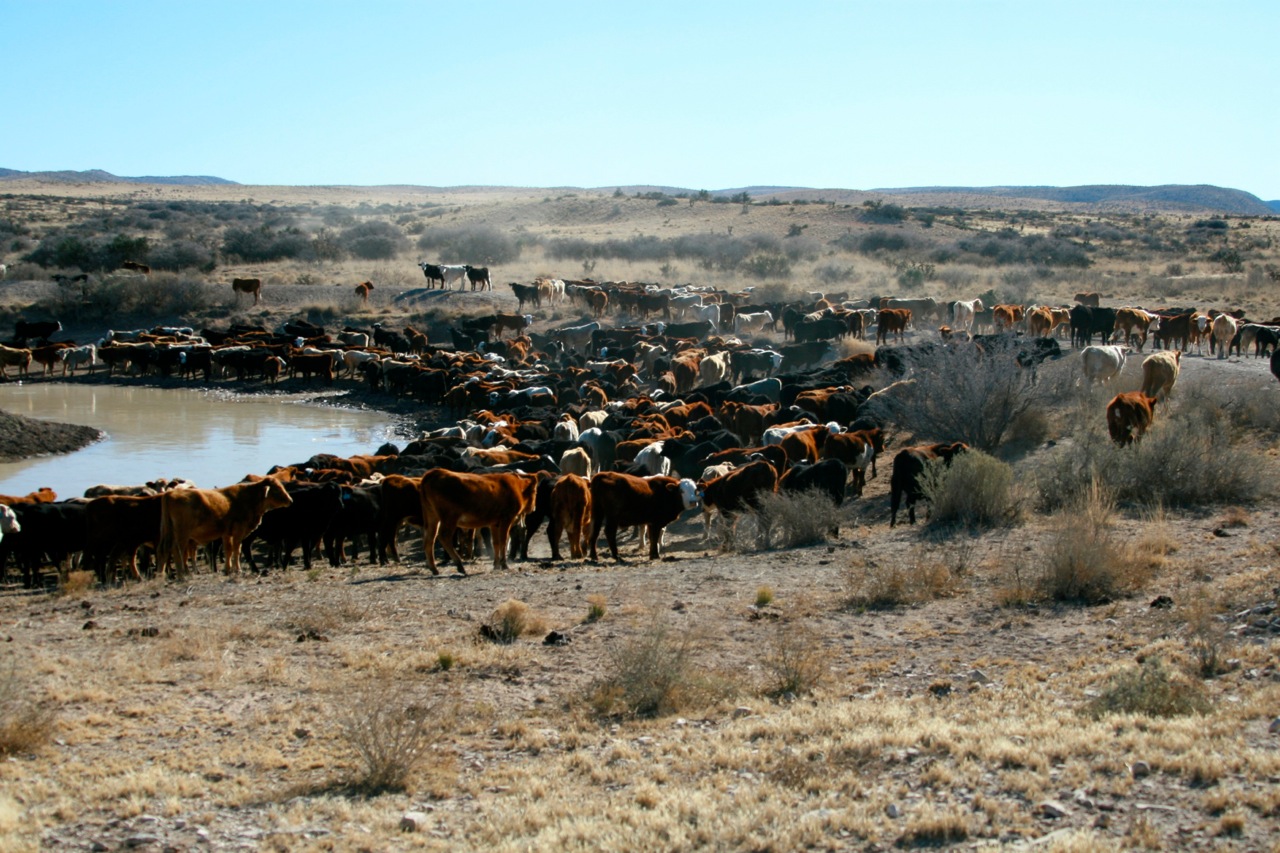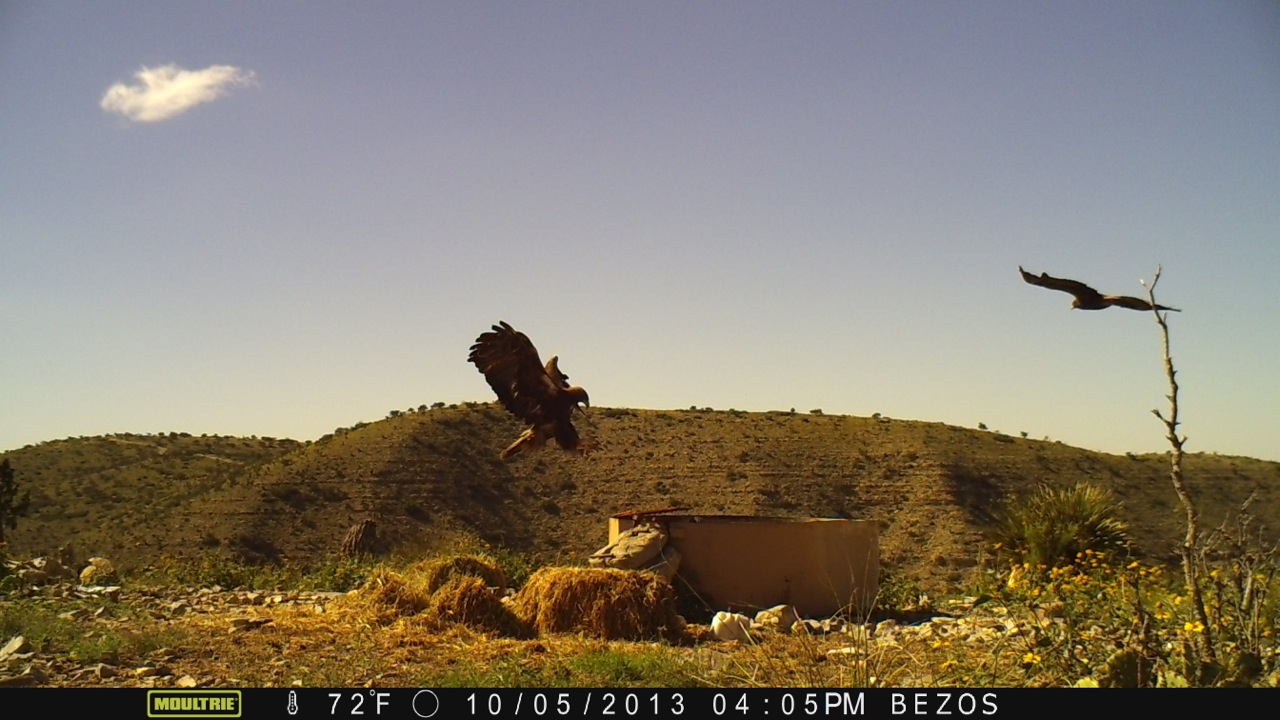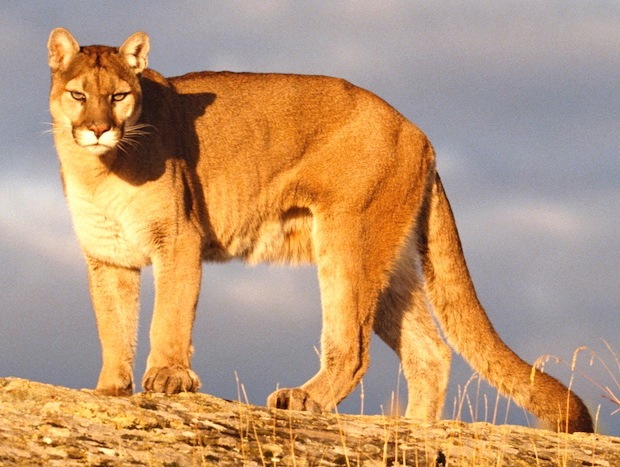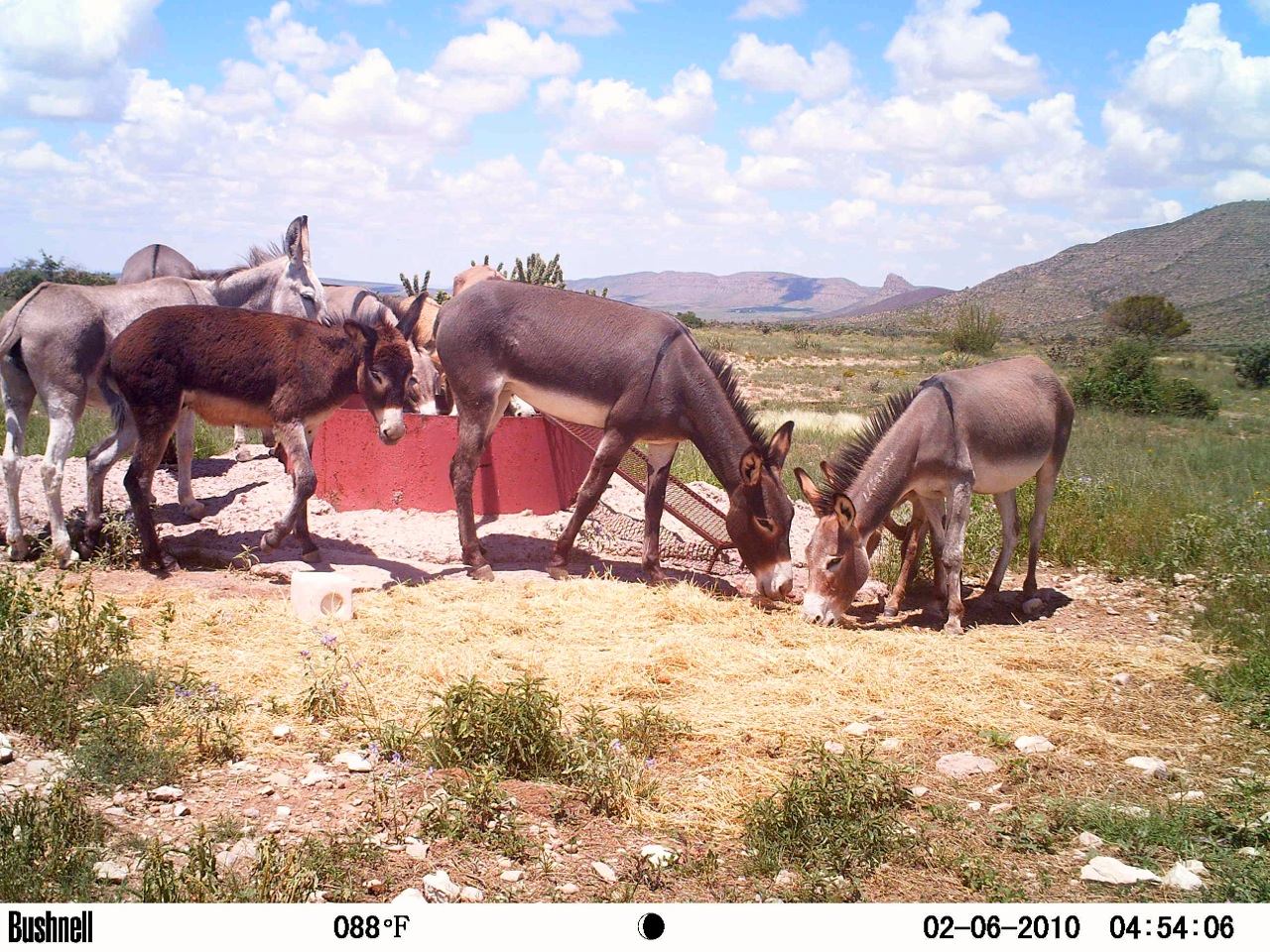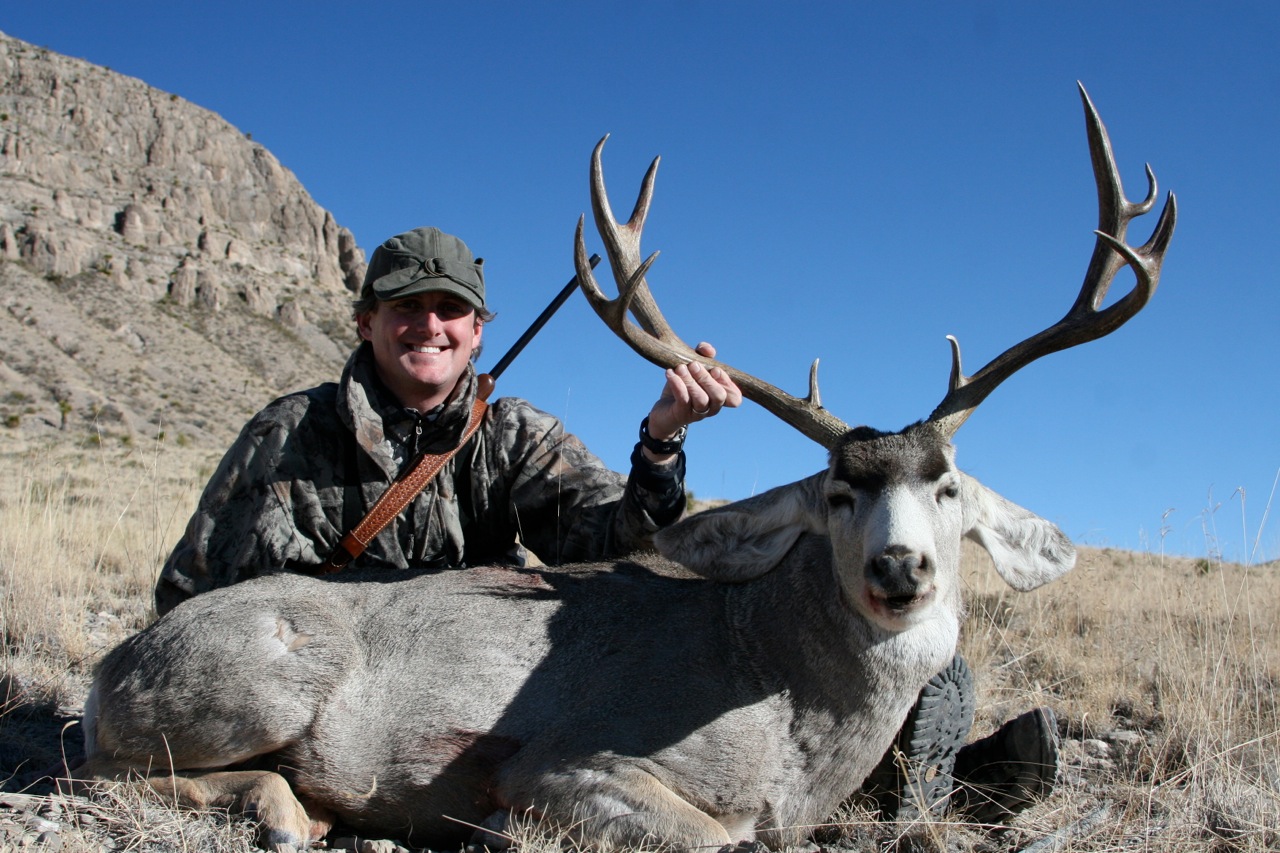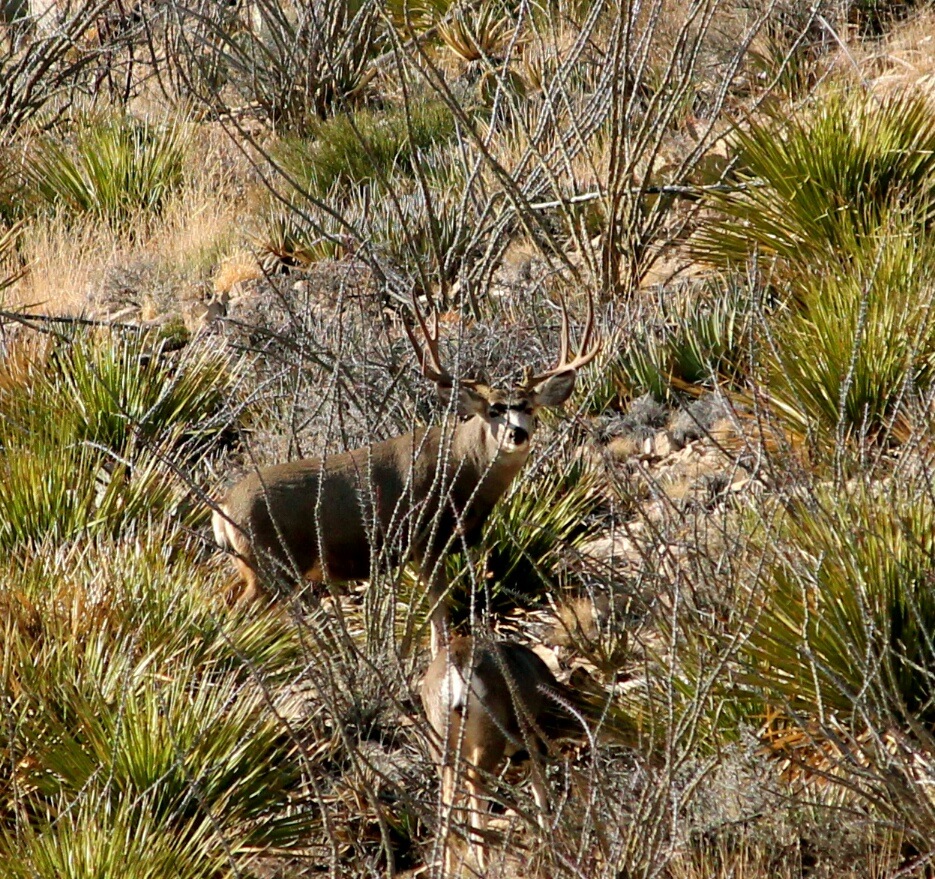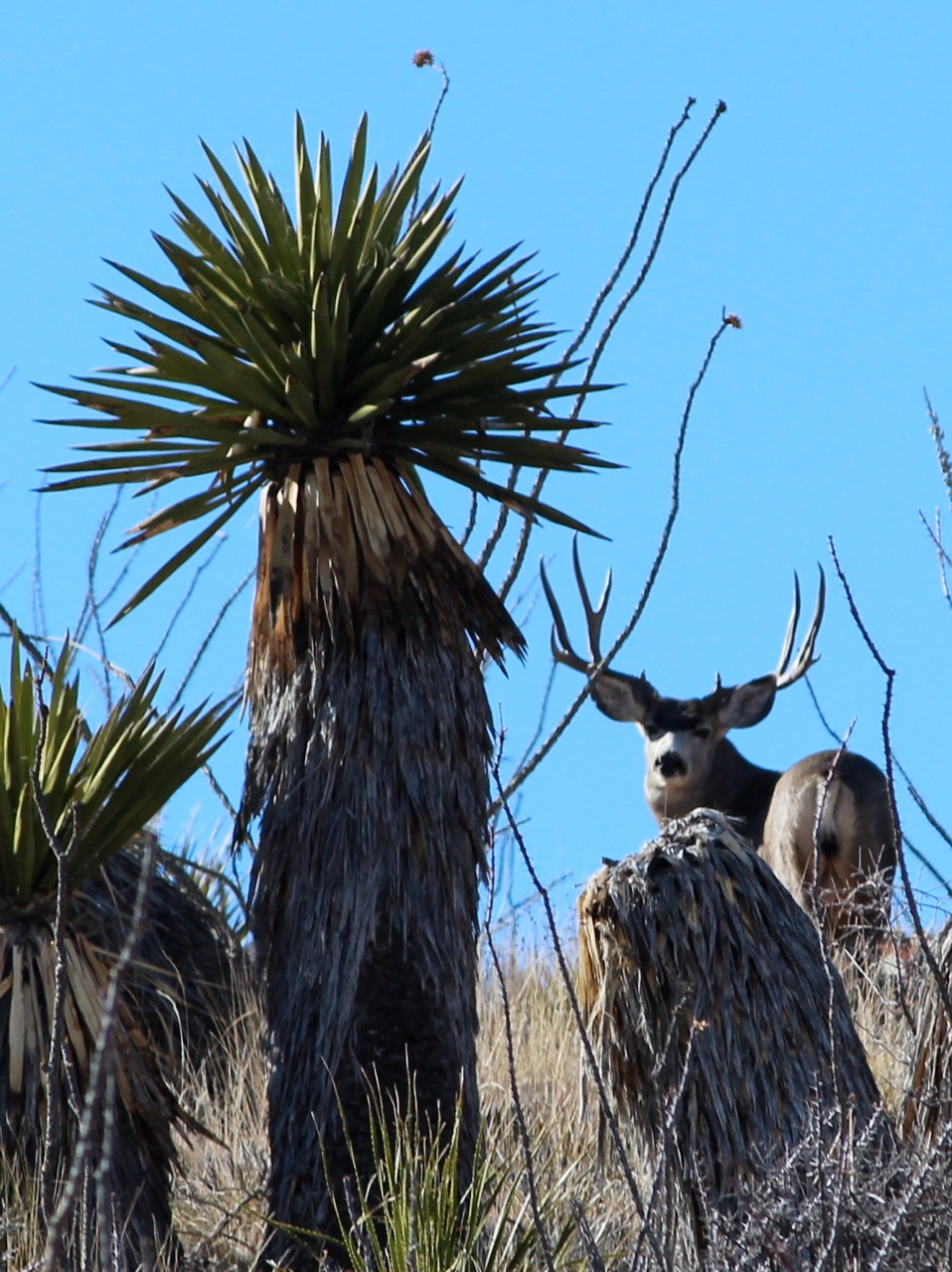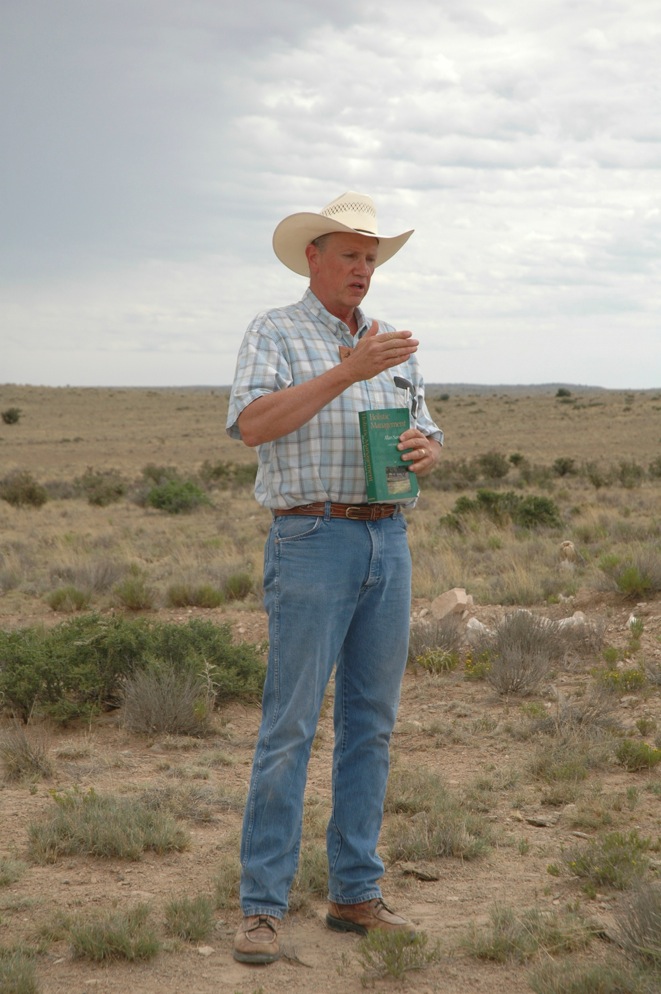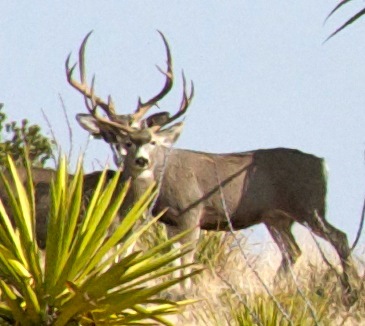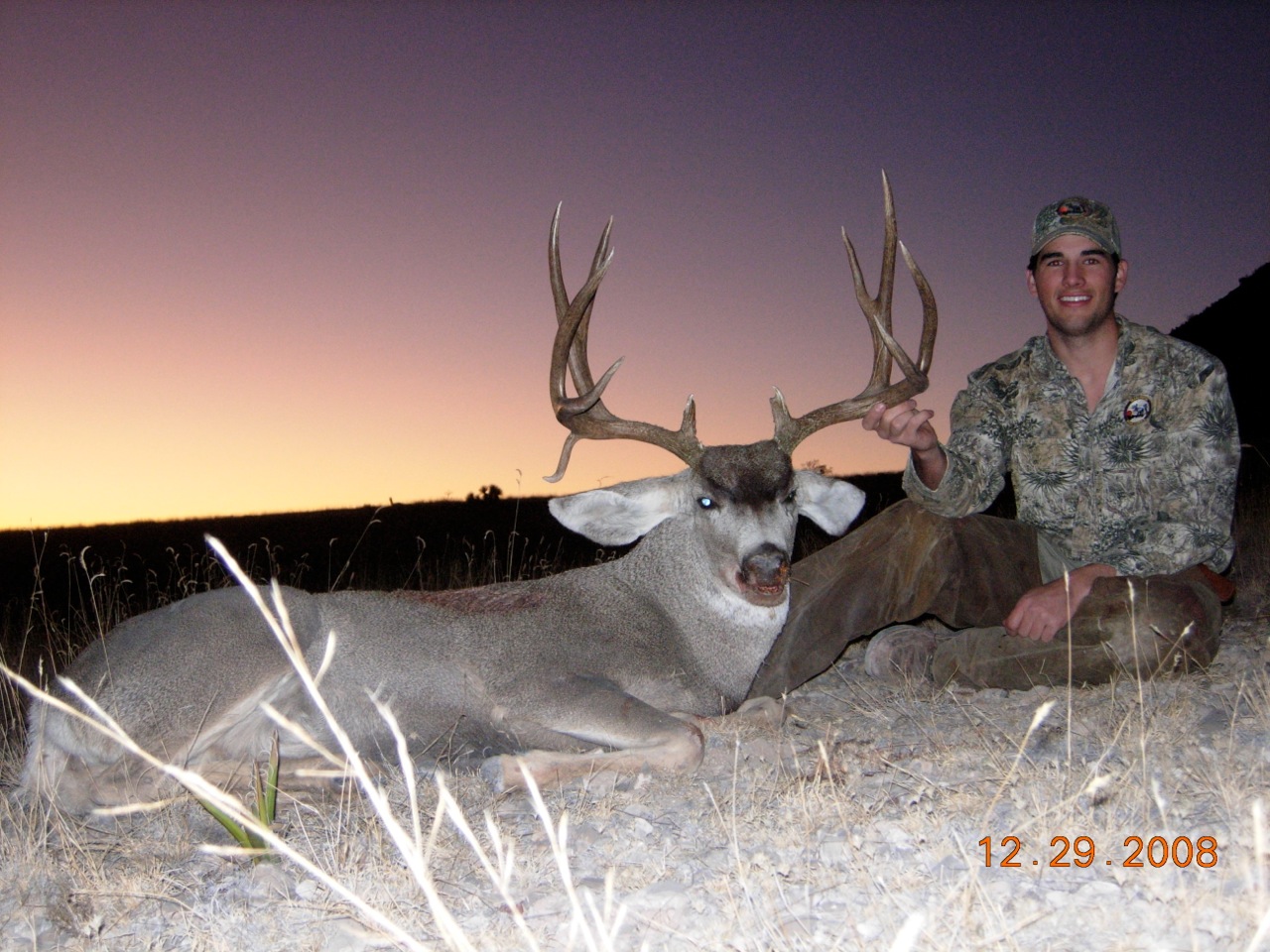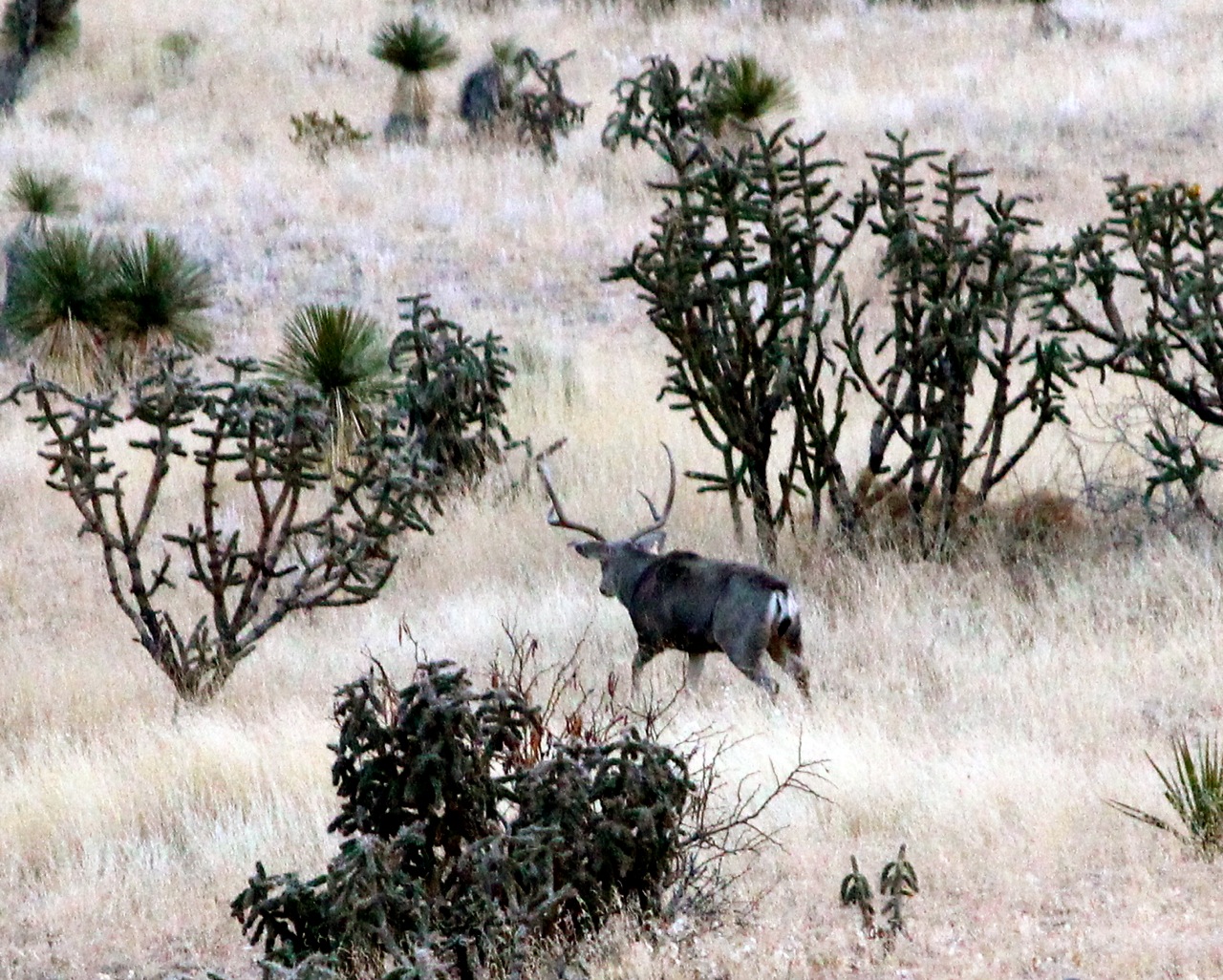Desert Mule Deer "Management": Does Culling Low-Point Desert Mule Deer Bucks Help or Harm the Herd and Its Genetics?
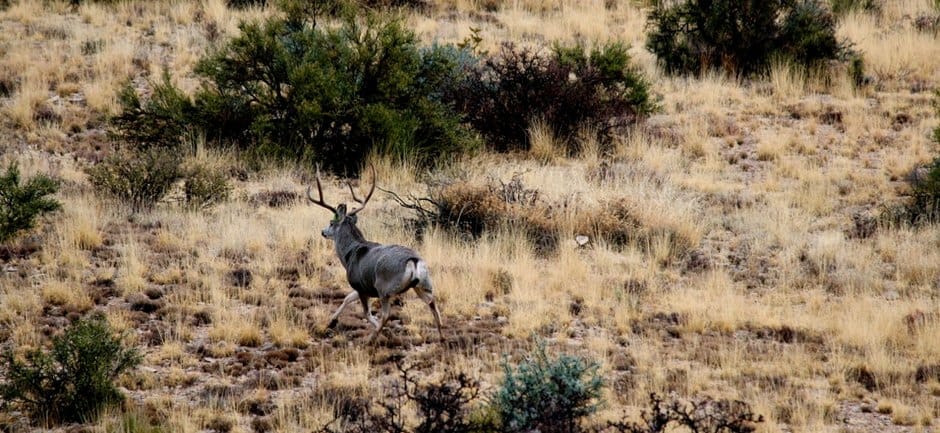
Culling Mule Deer – or whitetail – is scientifically unjustifiable, and does not improve herd genetics.
Note: This post originally appeared on this blog in November 2014
Approach #1: Remove Cull Bucks to Improve Herd Genetics
…Jerad Wayne Zachary, Deer Guide
Dear Mr. Gill,
I hope you are doing well. I just wanted to throw in my evaluation on the deer herd this year, and ask for your input. Seems to me that in the past few years the number of mature bucks with 5 points or less (not including brow tines) has greatly increased.
These are just a few that I have seen these past two trips to the ranch. I wish I had taken pictures of all of them but did not. I will say that we counted over 6 bucks that were 4½ or older in one day that fit in to this category. The majority of these bucks were with does. There are some young deer with great genetics but I not seen many older deer with the “typical” mule deer frame (G2 and G4 forks).
I was curious to hear what your thoughts would be on this matter. This would be my thought process. Removing deer with “management” antlers of age 4 1/2 or older would be beneficial for the ranch. Even if the wildlife habitat has had a hard year, I do not believe that would be justification enough for not harvesting these deer when we see a great number of younger deer with better genetics. I believe it would reduce the number of animals to a healthy population, decrease competition (especially in hard years) and allow for the deer with better genetics the opportunity to breed more does.
I must say that the mule deer this year look very healthy body wise. There are some hefty deer walking around this year!
I know you have a greater knowledge on wildlife management and I would enjoy hearing your input on this subject.
Thank You,
Jerad
Approach #2: Shoot Nothing Younger Than Age 5½ and If Culling Remove Bucks Under 7 Points
…Misty Sumner, TPWD Biologist (pictured here with husband Lane)
Good observations by Jared. A couple of thoughts from me…
When he saw 6 bucks 4 1/2 and older that fit into the 7 point and less category (I count brow tines) how many other bucks in those same age classes did he see?
A 4½-year old mule deer buck in West Texas is not quite old enough to say he is showing his potential. They are still in “maintenance mode” and are putting a lot into skeletal bone growth. I’d recommend 5½ be the age you consider the earliest you would shoot any mule deer buck in West Texas. It takes time to grow the skeletal support for the large frame size you see.
You can call it culling, you can call it wise use, you can call it managing your herd or whatever you want but bottom line there is no reason to protect bucks 5½- yrs. old and older with 7 points and less if you have plenty of mature bucks in your herd with more desirable antler configurations.
~ Misty
Approach #3: Mimic Nature. Manage Wildlife Holistically
…Richard Gill & Christopher Gill
Circle Ranch Co-Owners
With all due respect to the previous comments, let us address concerns that lead to the family’s rejection of “culling.”
Eugenics Is Bad Science
As everybody who completed high school in the United States had to learn, a Punnett square is a tabular way to predict the manifestation of genetics in a breeding event. No animal manifests 100 percent of its genes – it’s simply impossible.
Knowing that, and knowing that each individual is harboring many genes that have not manifested, who could possibly claim that looking at buck’s antlers could demonstrate even 1 percent of that animal’s genetic worth?
Perhaps that deer carries a resistance to CWD. Perhaps it has a recessive gene for the largest antlers known to man: Michael Jordan’s father was a banker!
Genetics express themselves at different times and in mysterious ways. That’s why most fields of science have long-since abandoned eugenics. Yet the practice of eugenics persists in wildlife biology among trained biologists who learned it in our wildlife schools.
The only thing we know for certain is that DIVERSITY of genetics is the most critical asset of all. Reducing genetic diversity, especially by such an arbitrary means as judging antler size, runs counter to our interests.
“Invasion Biology” Is Crackpot Science
Added to the bogus science of eugenics are the superstitious beliefs of “Invasion Biology.” These justify eradications and culling. Invasion ‘Biologists’ claim the world is being invaded and attacked by thousands of “aggressive alien invaders.” According to their beliefs, any living thing that is not “native” is, by definition, “harmful.” Also however, if “natives” also are “invasive” or “aggressive,” then “natives” like “aliens” also are “unnatural” and do “harm” to “integrity” and “ecosystem health.”
Because these empirically-hollow buzzwords can mean anything, and can be changed at will, they can justify almost any ‘management’ practice and have reinforced the eradication and culling mania, which is often directed at native species.
Native species under TPWD attack in our far-West Texas mountains include mule deer does, lions, elk, coyotes, bobcat, foxes, and other naturalized animals like burros, wild longhorn and aoudad.
Beyond eradications, the agrochemical giants with the help of their cronies in the public and government sector have seized on Invasion Biology. This has given them a scientific-sounding justification for expanding their industrial agriculture model – based on massive, growing use of herbicides – to wildlife practice. The practices indicated by Invasion Biology pseudoscience are now taught in our universities and wildlife schools.
From this fundamentally dangerous thinking comes our widespread and growing poisoning of plants (which wildlife needs for food and cover), wildlife removals/eradications, and antler-based (eugenic) culling. Each of these harms mule deer.
Today, killing what we don’t want to increase what we think we want is the primary tool of farmers, ranchers and wildlife “managers:”
Choose what we like and kill its “competitors”: Nature can be subdued and improved!
Mule Deer Are Easy to Over-Count
This is not the first time we have considered culling. A few years ago, despite the objections of some owners, we bit on this idea. We shot large numbers of “trophy” and “cull” bucks. Using accepted survey methodologies, we greatly over-estimated populations. By the time we made an accurate survey from a helicopter we found that we had far fewer animals than we thought, and while there were still lots of deer, whole age classes of bucks had been shot out.
That’s when we elected to end commercial hunting of deer and severely curtailed the family take. For us there are no “surplus” deer at Circle. We have a large family and plenty of friends who would love a hunt. Some commercial hunter’s cull may be the deer of a lifetime for one of our youngsters.
Mule Deer Are Declining
Deer numbers are down 40 percent across far-West Texas, according to TPWD’s unadjusted numbers. While blamed on drought, habitat decline is the root problem and it is making drought more severe. Habitat will continue downwards so long as we apply conventional practices to the systems, including removing livestock, eradicating animals, and using poisons. Taken together, these conventional practices are inappropriate responses to the unintended consequences of messing with nature in the first place. Holistic management is the best management process to reverse decline.
Chronic Wasting Disease (CWD)
CWD, the tragic, unintended result of Colorado wildlife department actions, has arrived in Texas. CWD is invariably fatal and appears to have infected 30% of the far-West Texas herd where it is currently found. We in Hudspeth County are in the danger area for this disease. There is no guarantee the infection rates will not rise but even if they do not, the herd will be down 60 percent if and where both trends converge.
Over-Harvesting
Most hunting decisions are made as though properties stand by themselves. In fact however, the outcomes of the deer that range across the Circle Ranch are not restricted to our actions alone. Some of our neighbors are overharvesting.
For political reasons, the deer season has been extended for properties with MLDP status.
In the last five years, over 50 mule deer does have been killed next door at the Sierra Diablo Wildlife Management Area, located 1,000 feet away at our closest point. There were only a few hundred does in the herd to start with. TPWD rationalizes that this 50-doe removal is “negligible” compared to overall deer numbers across far West Texas, yet it is significant to say the least in the Southeast corner of the Sierra Diablos. Mule deer move widely and the Circle Ranch herd and the SDWMA herd are one and the same.
Holistic Wildlife Management
We are holistic managers at the Circle Ranch. We are not at war with any species and certainly not with biodiversity in general. If human impact changes a system so that some plant or animal declines, and if nature wants to try to fill that empty niche by increasing a native or a naturalized non-native and in the process repair the system, leave nature alone!
History shows that eradications of exotic plants or animals have never succeeded in removing a single one, notwithstanding the river of money given the consultants, bureaucrats and chemical companies who promise they will. What these efforts, including culling, have produced are masses of unintended consequences, always worse than what was supposedly being “managed,” as well as declining habitat and wildlife.
At the Circle Ranch, we have observed that natural processes work better than guns and poisons and cost nothing. We have seen natives, like these elk, reestablish themselves over exotics as systems recover. After all, that is why the natives dominated those systems from the beginning.
Animal impact is our main tool. We rely on a diverse population of wild animals including deer, elk, pronghorn, bighorn, aoudad, and javelina, and, other domestics, some of which are semi-wild, including llamas, goats, horses and burros. Just like nature “back in the day,” we rely on mixed herds of many animals delivering a variety of animal impacts as they constantly move around.
Along with these, when appropriate we run cattle. These are grazed seasonally as forage indicates, and water availability allows. Think of the old bison herds and their migrations dictated by forage and water availability.
Predators are good: None of ours are targets for eradication. Predators cull sick, weak and defective animals more effectively, by far, than any wildlife “manager.”
We use technology to supplement water and to fix impaired water cycles, so the system can right itself. (CLICK HERE)
A Deer Program That Can’t Backfire
For these reasons, and because there simply isn’t any slack in the system, we will continue our current course of action:
• Harvesting small numbers of deer by family and friends;
• Shooting only old trophy bucks, which have had several years to breed;
• Giving away or selling no deer;
• Monitoring the growth and health of the mule deer herd, with the help of Jerad, Misty, Steve and others, and hunting the mule deer in a respectful way.
On 32,0000-acres we have killed five bucks and no does in the last five years combined, as we rebuild the seven-year- and-above age class. We think the eventual harvest should not exceed five to six bucks per year.
It Is Working
Because we can now see so many more bucks, and because many of these look like they will grow into trophy specimens, we believe our practices are leading to the healthiest herd in years.
Approach #4: The Dangers of Culling, Sculpting and ‘Reverse Culling’ to Herd Genetics
…by Steve Nelle, NRCS Retired
This is an interesting and relevant discussion and I appreciate the opportunity to comment.
Extreme Deer Culling
The current modern culture of Texas deer management has put great emphasis on culling. This started with whitetail where the practice has gone to the extreme in many cases and has now moved to desert mule deer where it is much less applicable.
The practice of unwise culling can have some very detrimental effects on a deer herd, especially when done too aggressively. I have seen it many times.
Low Numbers = Low Harvest
You hit on the most important issue when you said that there is currently no surplus of deer on Circle. If there is no surplus, there should be a very low harvest and little if any culling. Culling is not an issue to be considered unless there is a surplus of deer.
Deer Count Methods Can Lead to Disasters
You hit on another important thing when you noted that the survey method being used overestimated deer numbers. This is a common thing and can be disastrous to a management program. When deer numbers are extrapolated from a partial sampling, you are taking a real risk. I have seen the effects of this and it can take a population backwards and it can take a long time to recover once it is discovered.
Some intentional removal of some of the poorest examples of antler development might be helpful IF you have a surplus of deer and IF the population needs to be trimmed. The aggressiveness of culling would then be commensurate with the amount of surplus.
Culling Does Not Improve Genetics
Research in white-tail has shown that culling in a free ranging herd has negligible if any effects on antler genetics of future generations. Since mule deer wander much farther than whitetail, I suppose there would be even less potential benefit.
Cohort Sculpting Can Backfire
What has been demonstrated is that a cohort of bucks can be “sculpted”. If the lesser antlered (smaller) bucks of each age class are removed, then by the time that cohort reaches maturity, the remaining individuals will have larger antlers. This is not a genetic change. But the downside of doing this is that there may be very few bucks reaching maturity if this practice is carried out in harsh environments.
If the owner/manager is content to let predators, disease, drought do most of the herd thinning, and if he is content with whatever kinds of antlers nature produces, then no culling should be done – simply harvest a few truly mature bucks if desired and appreciate the “trophy experience” regardless of the size of the rack.
Sustained, Intense Trophy Hunting Hurts Genetics
With that said, if only the biggest antlers are selectively removed year after year for several decades, the size of antlers will probably decline. This high grading by intense trophy hunting is sort of reverse culling. Either extreme can be detrimental.
Population Cycles Normal
I expect that the Circle Ranch may once again see an excessive population of deer sometime in the future. If we get into a different rainfall mode such as we saw in the 70’s and 80’s, and if fawn crops are high for successive years, and the range flourishes to produce an abundance of forbs and browse and grass, I think you will see the deer population drastically increase. If this happens, you will be in a position to practice some common sense culling, if you desire, as a tool to improve antler size of mature bucks (sculpting the cohort). You would also need to remove some of the excess females if this happens.
But for now, if numbers are low and if you are trying to re-build the population, this does not seem like the time to practice culling.
Many thanks to our contributors, and especially to Jerad for keeping our game cameras in order, and editing thousands of photos monthly.
Our readers’ remarks are welcomed below.

